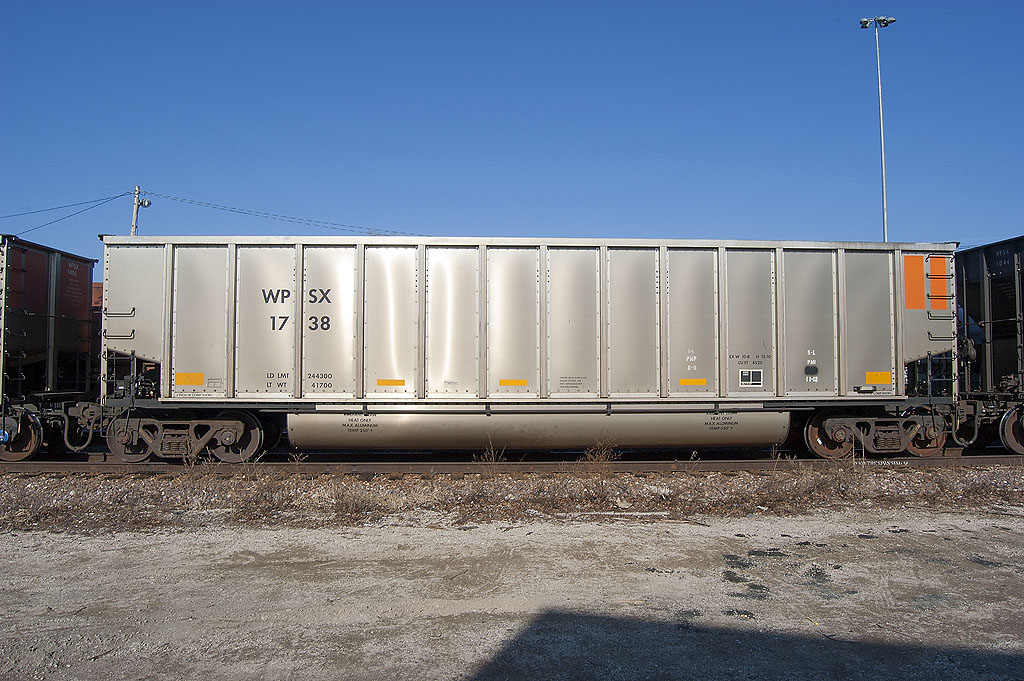A This concept is known as galvanic corrosion. It happens when metals with different electrochemical values come into direct contact with each other through an electrical conductor, such as salt or rain water, and the metal with the stronger negative charge of electrons gets attacked by the metal with a weaker charge. Railcar makers use an epoxy resin or other non-conductive materials to separate the metals, avoiding corrosion completely. — Steve Sweeney
Galvanic corrosion
| Last updated on November 3, 2020
Ask Trains from January 2015













An earlier example of this problem was encountered when Bombardier/Montreal Locomotive Works built the LRC locomotives for Via Rail. There is (was) a large steel section below the belt line on the locomotive side, over the fuel tank. The rest of the structural and car body sections were all aluminum.
FYI for the novice electrician…..do NOT ever splice together a copper wire with an aluminum one. If a splice is made, there has to be a barrier to preclude the problem the steel/aluminum railcar situation involves. If you don’t pay attention to this, tape up the bimetal splice and some time later when you have electrical problems….inside the tape will be a lot of dust where the chemistry “did it’s thing” cost for advice $0 but this is my $0.02 endmrw1219162038
Didn’t know this, but then chemistry was never my strong suit….
Yep. I was on a USN ship which had an aluminum upper structure but a steel hull. Don’t know how the USN handled this back in the 60s-70s.
Supposedly ACF found out about this the hard way with some of their streamlined passenger cars. Hopefully someone with firm knowledge can confirm or refute?